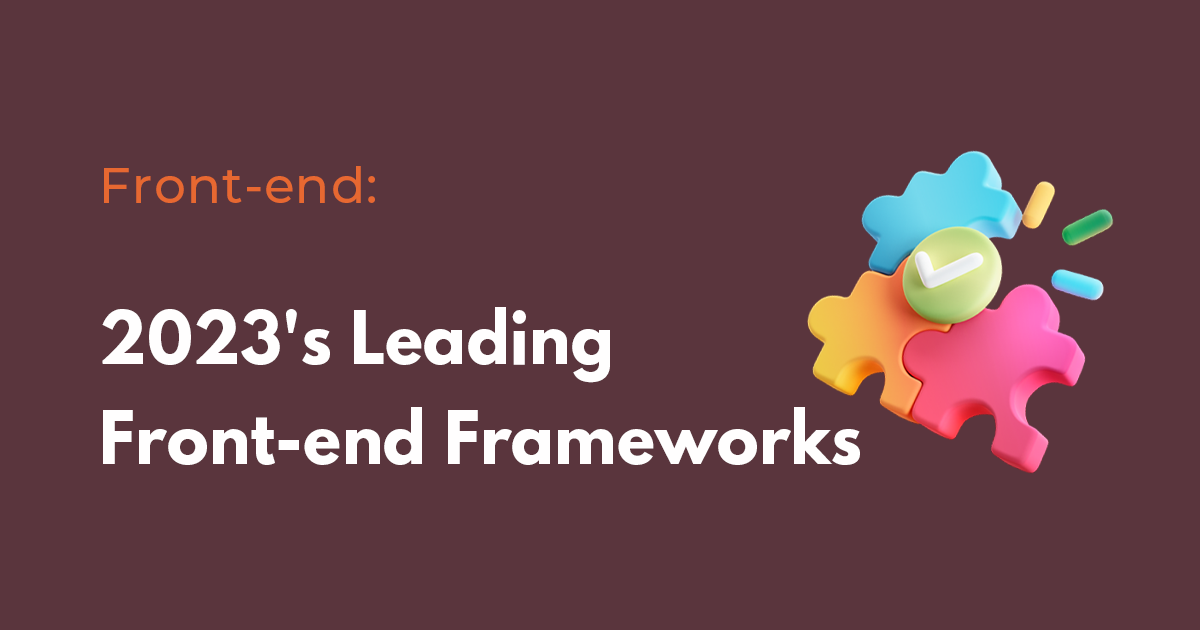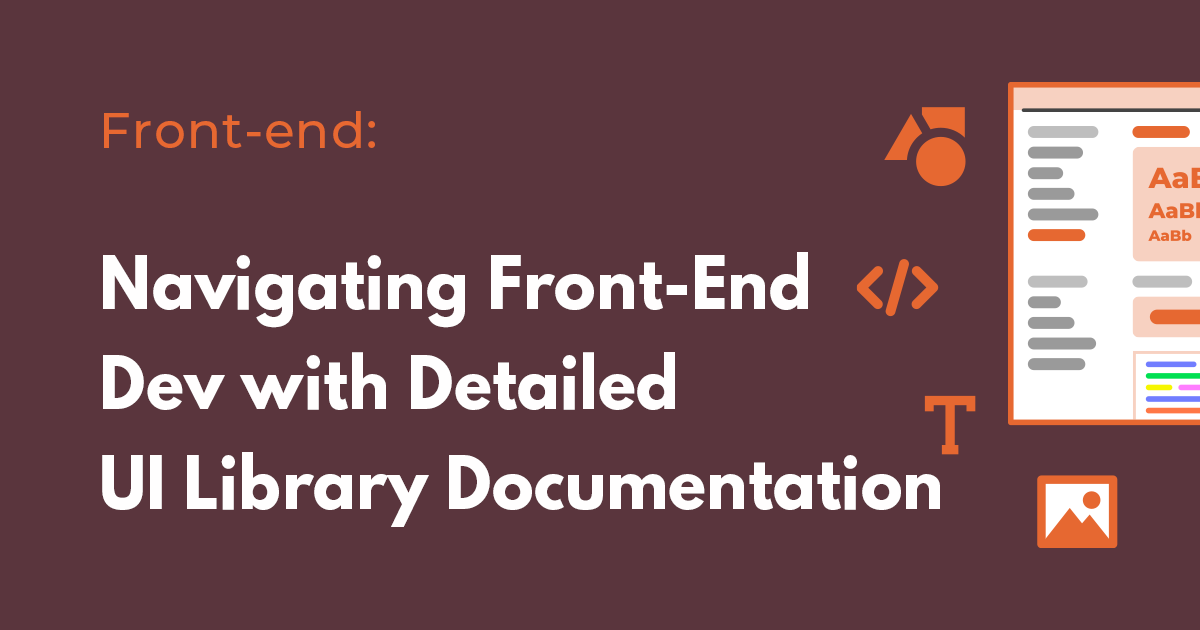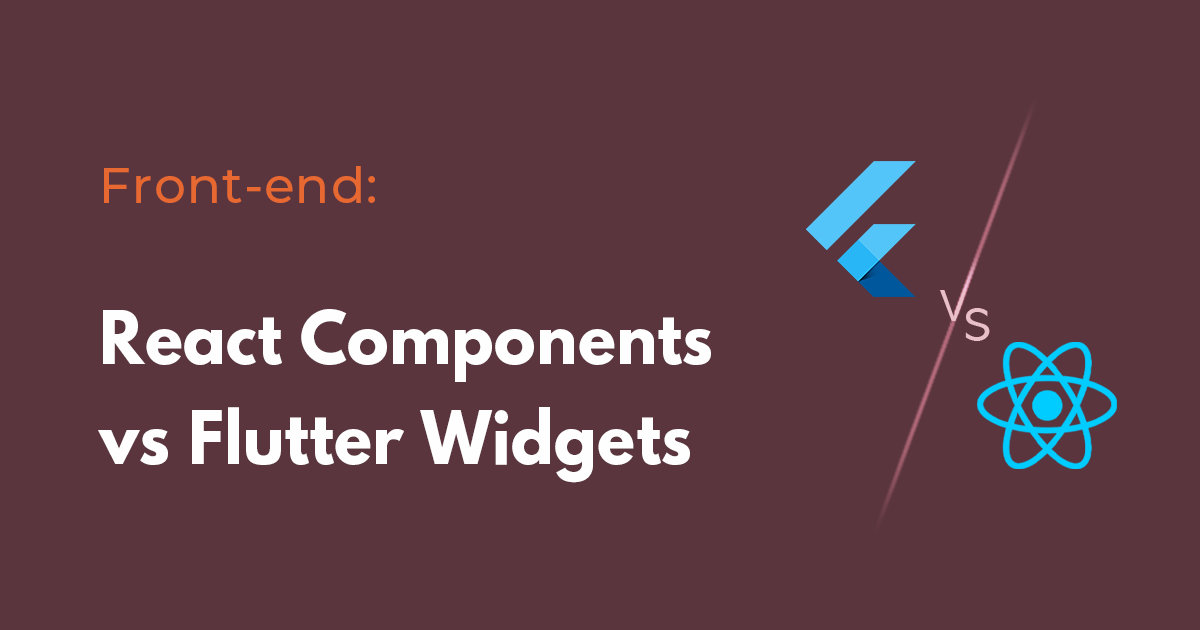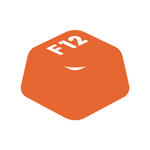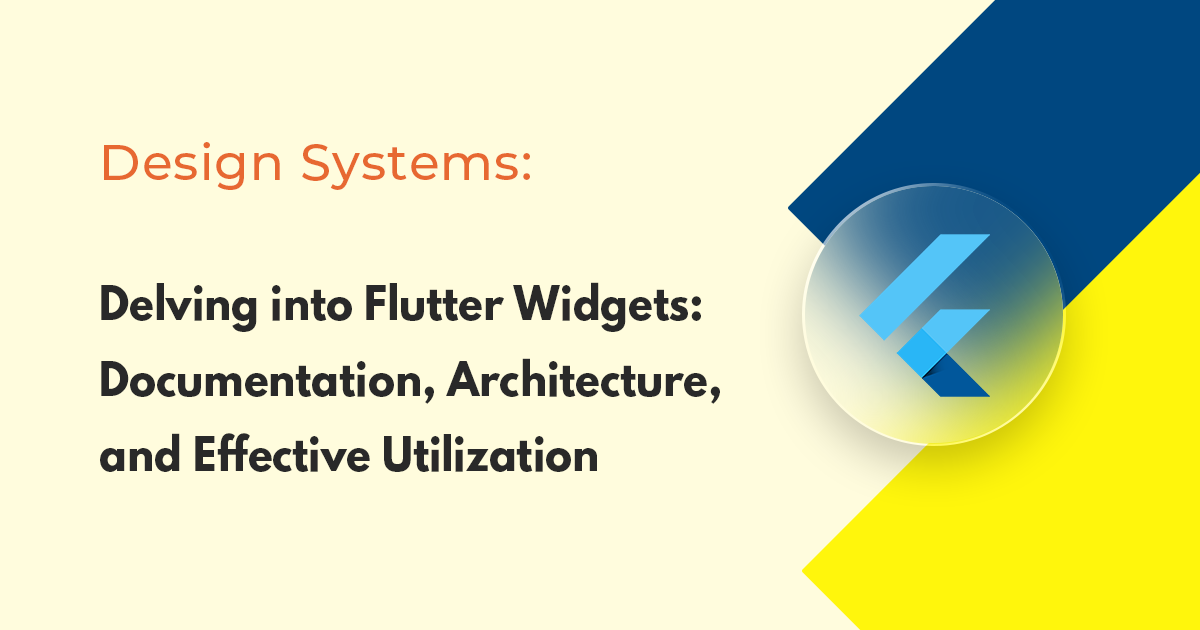In today's fast-paced web and mobile development landscape, two key players have emerged with their unique philosophies and architectural patterns - React, a JavaScript library maintained by Facebook, and Flutter, a UI toolkit from Google. Both offer unique ways to build user interfaces through React Components and Flutter Widgets, respectively. Let's delve into an in-depth comparison of these two crucial entities.
Understanding React Components
In React, components serve as the building blocks for creating user interfaces. They are self-contained units of code that control a part of the UI. Components can be either functional or class-based, with the trend leaning towards functional components due to their simplicity and the advent of hooks, which allow side-effects and state to be used in these components.
A typical React component (functional) might look something like this:
import React from 'react';
function HelloWorld() {
return <h1>Hello, world!</h1>;
}
export default HelloWorld;
React components allow for a high degree of reusability and encapsulation, promoting a unidirectional data flow and making it easier to predict the behavior of the application.
What are Flutter Widgets?
In Flutter, widgets are the fundamental building blocks of the application's UI. Everything in Flutter is a widget - from structural elements like buttons or menus, stylistic elements such as colors or fonts, to layout aspects like padding. Widgets are primarily categorized into two types: Stateless Widgets and Stateful Widgets.
Here's an example of a basic Stateless Widget in Flutter:
import 'package:flutter/material.dart';
class HelloWorld extends StatelessWidget {
@override
Widget build(BuildContext context) {
return Text('Hello, World!');
}
}
Much like React, Flutter also encourages the reuse of widgets, facilitating a more maintainable and scalable codebase.
React Components vs Flutter Widgets: Key Differences
- Language & Ecosystem: React Components are written in JavaScript (or TypeScript, a statically typed superset of JavaScript), which is a widely-used language with a large ecosystem. Flutter Widgets, on the other hand, are written in Dart, a language developed by Google that is not as prevalent as JavaScript. However, Dart is gaining traction, especially in the realm of cross-platform mobile app development.
- State Management: In React, state management is handled within components using local state and can be managed globally using contexts or third-party libraries like Redux. Flutter handles state management within Stateful Widgets, with the option of using various packages for more complex state management, like Provider, Riverpod, or Bloc.
- UI Creation: React uses a virtual DOM (Document Object Model) to track changes in the state of the application and renders the components based on these changes. Flutter, on the other hand, draws the UI directly onto the screen. Every time the state changes in Flutter, the entire widget tree can be redrawn for those widgets whose state has changed, though this is generally not a performance concern due to Flutter's efficient diffing algorithm.
- Styling: Styling in React is done using CSS. Various methodologies can be employed such as plain CSS files, CSS modules, or CSS-in-JS solutions like Styled Components or Emotion. Flutter, on the other hand, does not use CSS. Styling is done directly in Dart code using a rich set of properties available on each widget.
In conclusion, both React Components and Flutter Widgets provide unique and effective approaches to building interfaces for web and mobile applications. Your choice between the two depends largely on the requirements of your project, the ecosystem you're comfortable with, and the platforms you're targeting. Either way, both provide robust, maintainable, and efficient ways to create modern applications.
Related Posts
